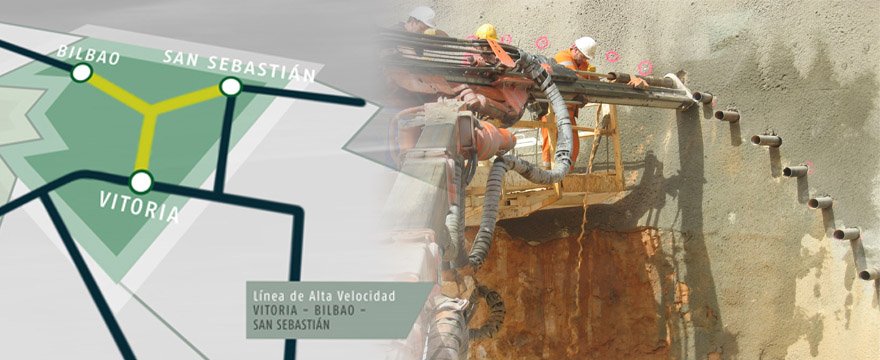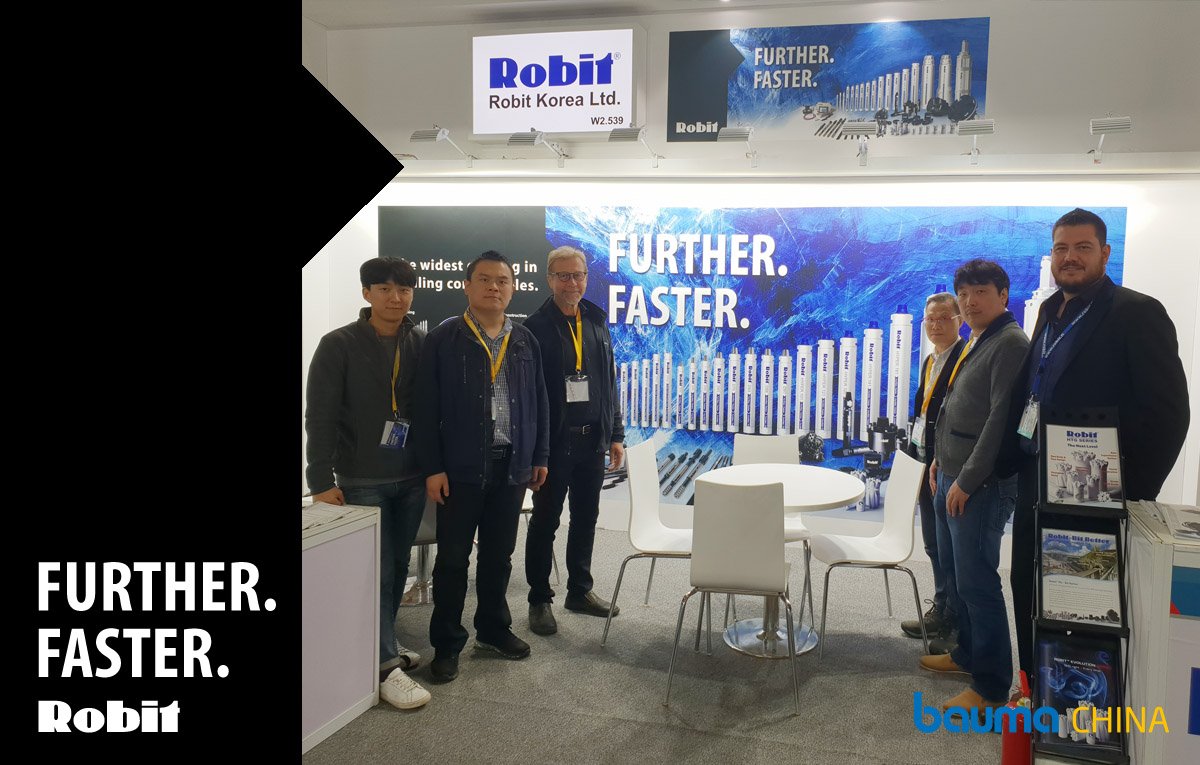Markku Viitanen sits in the cab of the drill rig, wearing protectors on his ears and expertly operating the joystick. An echo sounds out from the surrounding forest as Robit’s drill bit is hammered into the rock. It’s a typical day at the office for Markku. And the quarry, located in Karstula, central Finland, is a typical work site for Markku’s employer, Louhintaliike Ylimäki.
This is Markku’s third day of drilling at the quarry. Red borehole plugs in the snow mark the holes that have already been drilled. The 83-millimetre bore holes are being drilled to a depth of 10–12 metres, down to the bottom level of the quarry. Half of the roughly 1,600 metres to be drilled has already been completed. As a quarrying site, this one is of a moderate size, at 25,000 tonnes. Large sites can be in the range of 100,000 tonnes.
When the boring work is completed, the shot-firing team takes over. An explosive, such as ‘Kemiitti’ – an emulsion explosive developed for open-cut excavations – is loaded into the hole, and a second explosive is placed on top as a guarantee. The area is blasted. A hydraulic hammer is used to break any oversize rocks into a crushable size. At this point, Louhintaliike Ylimäki’s work at this quarry is finished; another contractor will take over the crushing operations.
– Ylimäki’s main areas of operation are western Finland and northern Ostrobothnia, and its main customers are aggregate suppliers and crushing companies,” says civil engineer Matti Pitkäjärvi, who supervises the work at the company’s quarrying sites. Blast rock is also produced at the Karstula quarry, to be crushed for infrastructure construction or concrete or asphalt production, for example.
Industry leader after three decades
Louhintaliike Ylimäki Oy is a family business that was established in 1983. The company started out small, with rented equipment, but over the decades has grown to become the largest rock extractor in the region. With about 20 employees and a solid equipment base, Ylimäki blasted five million tonnes of rock in 2014. A second generation of Ylimäkis – brothers Matti and Mikko – now run the company.
How does a regional operator competing with major national companies survive?
– We’re doing well. We have a lot of long-term, established customer relationships. With adequate and modern equipment, expert staff and reasonable prices, the customers are happy. We don’t have to fight for every site, says Matti.
Annual contract speeds up processes
Louhintaliike Ylimäki has been drilling with Robit bits for a long time. And as Robit’s Sales Manager, Mika Mankinen, recounts, co-operation between the two companies was taken one step further in 2015: they entered into an annual agreement covering not just drill bits, but also shank adapters and drill rods.
– It came down to the price/quality ratio or, to put it in more concrete terms, cost per drilled metre. The Finnish aspect is also an important criterion,” says Matti, elaborating on how the deal came about.
The annual agreement will simplify the purchasing process, and drilling equipment will come at a fixed, competitive price. A volume-based price saves the customer not only money, but the headache of having to negotiate a price separately for every construction site. The process is as simple as can be: Matti makes an order and Robit delivers the agreed amount of products.
– The co-operation between Ylimäki and Robit has for years been practical and smooth. We can always call Mika if new requirements or requests arise during a drilling job, says Matti. – Robit is always able to flexibly respond to changes or development needs, Mika adds.
For this western Finland quarrying company, business is going well. When asked about the bigger challenges facing the company, Matti pauses to think about it.
– In this business in general, the challenge is the unequal distribution of the work load – the ups and downs of the quiet and busy times of the year. But we don’t experience that. Our fleet of equipment is always in use, says a pleased Matti.

